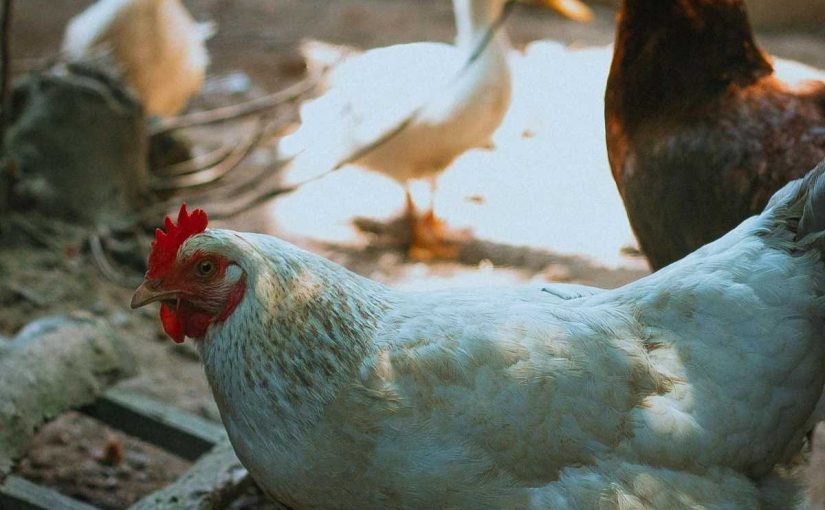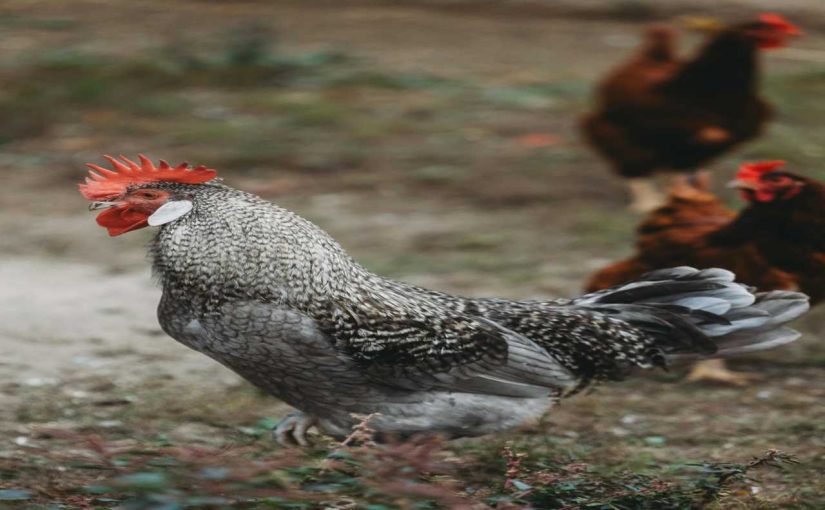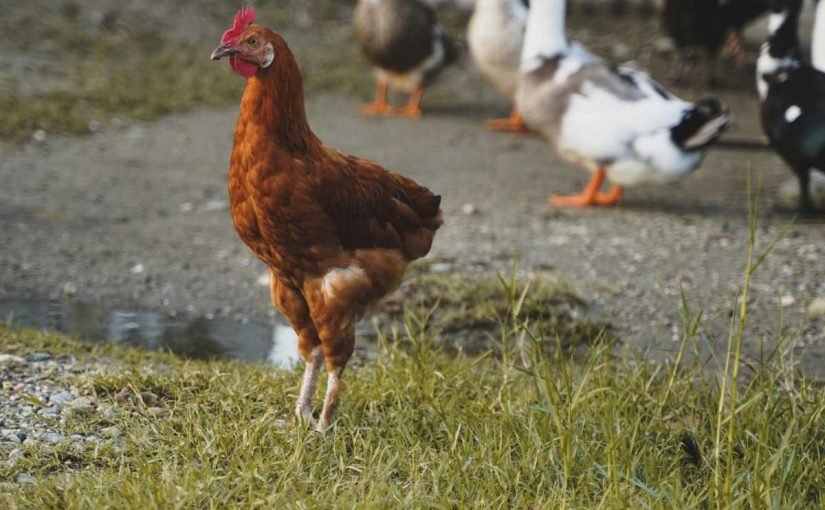Raising chickens is a rewarding experience that blends practical farming with the joys of animal companionship. Chickens offer a steady supply of fresh eggs and meat while allowing us to connect with nature and enjoy the simple pleasures of farm life. Each chicken has its unique personality, making them engaging and entertaining.
However, successful chicken-keeping requires understanding their growth stages, which is crucial for providing the right care at each phase. From hatching as tiny chicks to maturing into productive hens or roosters, each stage has specific needs that must be met to ensure their health and happiness.
.This blog provides an in-depth look at each growth stage, offering tips on management and care practices that will help you maintain a healthy flock.
1. Egg Stage
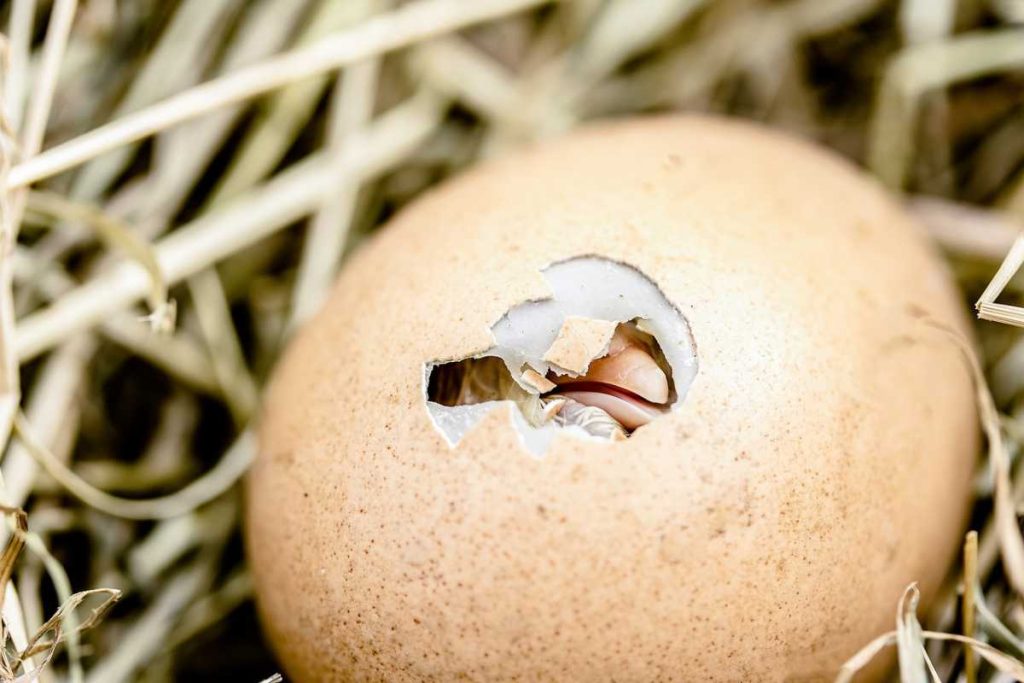
The life of a chicken begins as an egg, a marvel of nature that requires specific conditions for development.
Key Features:
- Incubation Period: The standard incubation time is around 21 days, during which the embryo develops into a chick. Factors such as temperature, humidity, and air circulation play a crucial role in successful hatching.
- Development: The embryo develops in stages, forming organs, bones, and feathers. By day 18, the chick positions itself for hatching, and the egg’s humidity needs to be increased to soften the shell.
Care Tips:
- Temperature Control: A consistent temperature of 99.5°F (37.5°C) is crucial. Fluctuations can lead to developmental issues.
- Egg Turning: If using a manual incubator, turn the eggs several times a day to ensure even heat distribution and proper development. Automatic turners can help simplify this process.
- Ventilation: Provide adequate ventilation in the incubator to prevent moisture buildup, which can lead to bacterial growth.
Personal Insight:
When I first started incubating eggs, I was surprised at how much attention they required. I invested in a reliable incubator with temperature and humidity controls, which made a significant difference in hatch rates. Observing the first peep of a chick breaking through the shell was an unforgettable moment!
2. Chick Stage (0 to 6 Weeks)
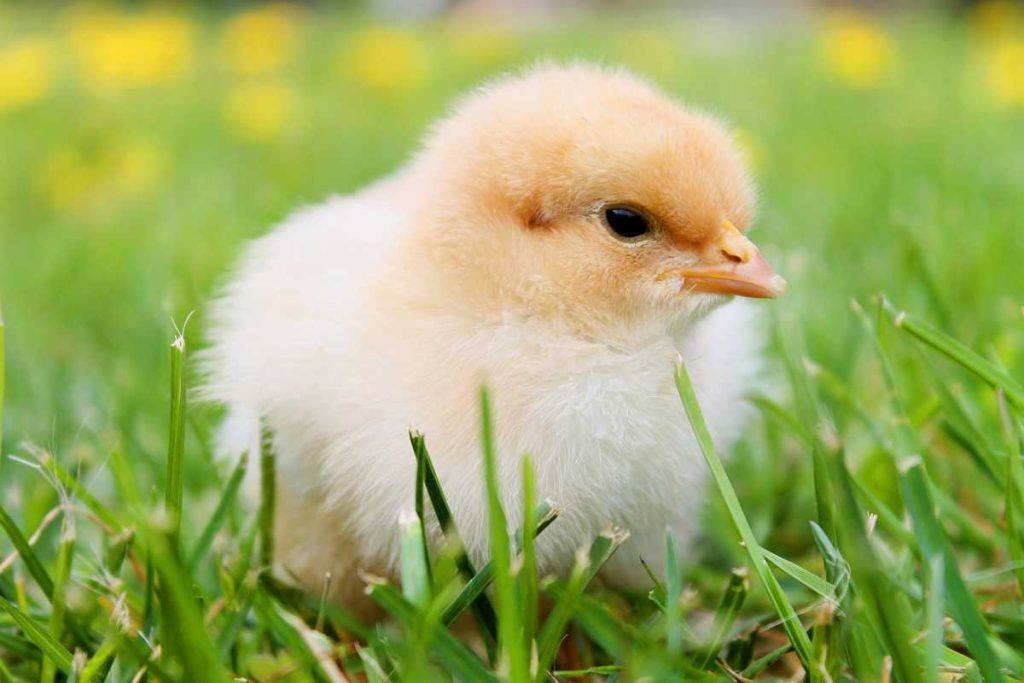
Once hatched, chicks enter the critical chick stage, characterized by rapid growth and development.
Key Features:
- Weight Gain: Chicks can double their body weight within the first week. By the end of six weeks, they should be well-feathered and ready for social interaction with other chickens.
- Behavioral Development: Chicks are curious and will explore their surroundings, establishing a pecking order among themselves. This stage is crucial for social learning, as chicks mimic the behavior of older birds.
Care Tips:
- Brooding Environment: Maintain a brooder temperature of 95°F (35°C) during the first week, gradually reducing the heat by 5°F (2.8°C) each week until they are fully feathered. Monitor their behavior; if they huddle under the heat source, they are too cold, while spreading out indicates they are too hot.
- Socialization: Introduce chicks to each other gently to establish a healthy social structure. Observing their interactions can provide insight into their developing personalities. Regular handling can also help them become more comfortable with humans.
- Grit: Introduce fine grit to their diet after the first week to aid digestion, especially if they start foraging.
Personal Experience:
Watching chicks grow during this stage was incredibly rewarding. I spent time observing their behaviors and realized how important socialization is. Those early interactions shaped their future dynamics within the flock. I also made it a point to handle them gently, which made them friendlier and easier to manage as they grew.
3. Pullet Stage (6 to 20 Weeks)
As chicks mature into pullets, they experience significant physical and behavioral changes, preparing them for adulthood.
Key Features:
- Physical Growth: Pullets grow feathers rapidly, transitioning from fluff to adult plumage. By around 16 weeks, they will begin to develop their combs and wattles. The coloration and size can also change significantly during this period.
- Establishing Hierarchy: This stage is critical for establishing a pecking order, and pullets can be territorial. They will engage in gentle sparring as they figure out their place in the flock. Observing these interactions can help you identify potential issues early.
Care Tips:
- Nutrition Transition: Shift to grower feed with lower protein levels (16-18%) and ensure they have access to calcium supplements to prepare for laying eggs.
- Space Requirements: Provide at least 2-3 square feet of space per pullet in the coop. Space is essential for reducing stress and aggression. Ensure the coop is well-ventilated and has areas for the pullets to perch and hide.
- Introduce Roosting Bars: As pullets grow, they will want to roost. Install roosting bars at an appropriate height to encourage natural behaviors. This will help them feel secure and comfortable.
Reflection:
During the pullet stage, I noticed that integrating various ages of chickens into one flock required careful management. Understanding their social dynamics helped prevent bullying and aggression. I found it beneficial to monitor their behavior closely during this time, as establishing the pecking order can lead to conflicts.
4. Hen Stage (20 Weeks and Older)
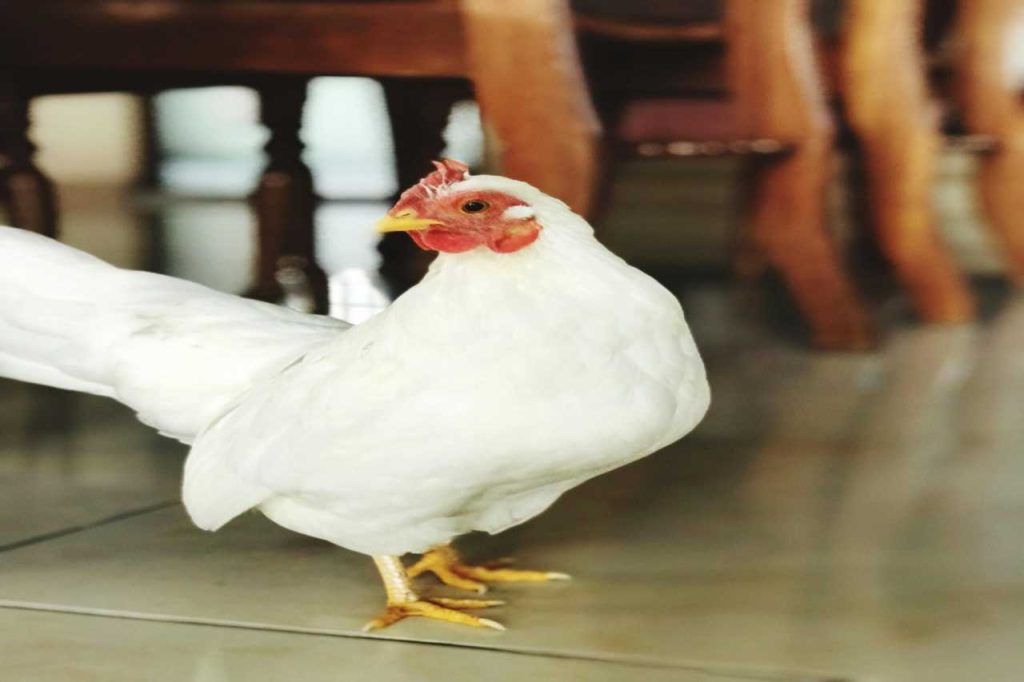
The hen stage marks the beginning of egg production and the establishment of mature behaviors.
Key Features:
- Egg Laying: Most hens will start laying eggs around 20 to 24 weeks. The first eggs may be small and irregular but improve over time. Hens will lay eggs daily, with production fluctuating based on factors like light, diet, and stress.
- Behavior Changes: Hens become more routine-oriented, establishing patterns for foraging, nesting, and laying. They will also start to exhibit nesting behaviors, such as searching for suitable spots to lay eggs.
Care Tips:
- Nesting Boxes: Provide one nesting box for every 3-4 hens to prevent crowding and stress during laying. Use clean straw or shavings for bedding. Ensure that nesting boxes are placed in a quiet, dimly lit area to make hens feel secure while laying.
- Light Management: Ensure hens receive about 14 hours of light per day to maintain consistent egg production. Use artificial light in the coop during shorter days. Monitor the length of daylight hours to prevent drops in egg production.
- Monitor Health: Regularly check for signs of stress or illness, such as changes in egg production, appetite, or behavior. Prompt action can prevent larger issues.
Personal Insight:
I found that creating a consistent routine for my hens greatly improved their egg-laying habits. I also observed that keeping a clean nesting area reduced the likelihood of issues like egg eating or broodiness. Each morning, checking the nests became a delightful part of my routine.
5. Mature Hen Stage (1 Year and Older)
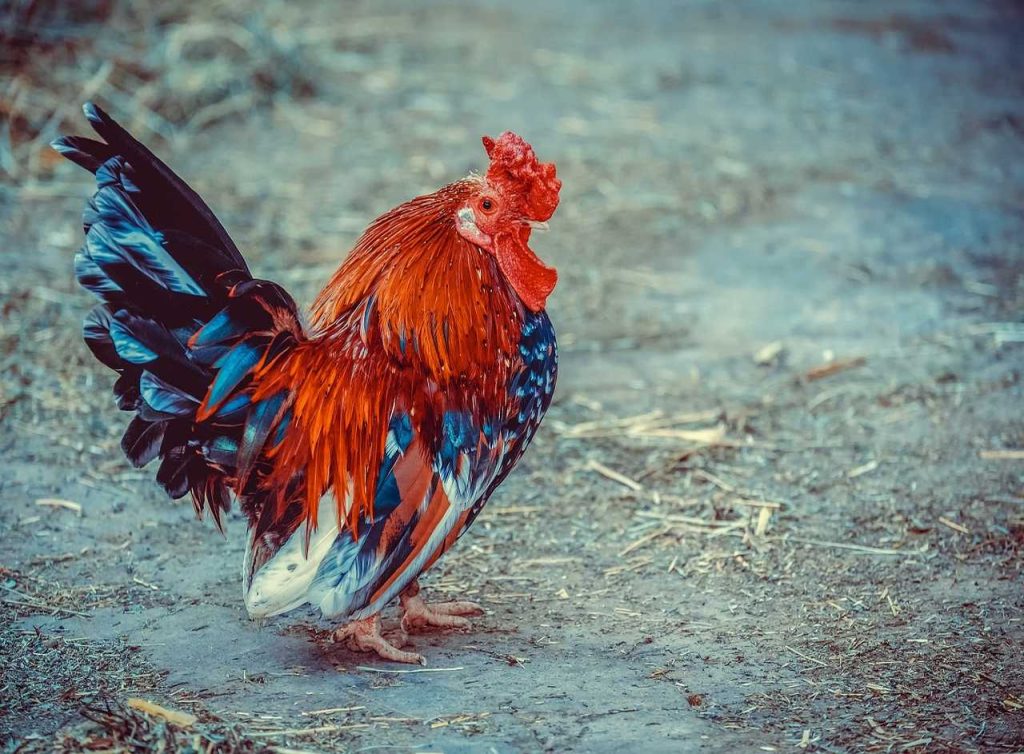
As hens age, their productivity may begin to decline, but they can still lead fulfilling lives.
Key Features:
- Declining Egg Production: After the first year, egg production may gradually decline, often leading to a seasonal stop during molting. Hens may lay fewer eggs and might skip laying altogether during stressful periods.
- Molting Cycle: Hens typically molt once a year, losing feathers and regrowing them. This process can take several weeks and is accompanied by a temporary halt in egg production. A well-timed molt can allow hens to renew their energy and continue producing eggs effectively.
Care Tips:
- Adjust Nutrition: Continue providing layer feed, but consider adding more protein (up to 20%) during the molting phase to support feather regrowth. Offering additional nutrients, like vitamins and minerals, can also promote overall health.
- Comfortable Environment: Provide a comfortable and low-stress environment, especially during molting, to encourage recovery and well-being. Ensure they have access to fresh water and nutritious treats to support their energy levels.
- Monitor Behavior: Watch for signs of discomfort or illness, especially during molting when hens can be more sensitive. Look out for excessive preening or feather plucking.
Example:
During my first experience with a molting hen, I was concerned when her egg production dropped. However, understanding this natural cycle allowed me to adapt her diet and environment, ensuring she remained healthy and comfortable. I learned that patience is crucial during this time, as molting is a natural process that all hens undergo.
Additional Insights on Chicken Care
1. Behavior and Socialization: Chickens are social animals that thrive in a flock. Observing their interactions can provide valuable insights into their well-being. Ensuring they have enough space and a comfortable environment can help minimize stress and promote healthy social behavior.
2. Health Monitoring: Regular health checks should be part of your routine. Look for signs of illness such as changes in appetite, behavior, or egg production. Vaccinations and preventive health measures should be considered to keep your flock healthy.
3. Enrichment Activities: Chickens benefit from mental stimulation. Providing perches, dust baths, and foraging opportunities can keep them engaged and happy. Enrichment can also reduce boredom-related behaviors, like feather pecking.
4. Seasonal Considerations: Be mindful of seasonal changes that can impact your flock’s health and productivity. Ensure adequate shelter during harsh weather and adjust feeding practices based on temperature and light availability.
Conclusion
Understanding the key growth stages of chickens is crucial for anyone looking to raise a healthy and productive flock. From the delicate egg stage to the mature hen stage, each phase requires tailored care and attention. By providing the right nutrition, environment, and social interaction, you can ensure that your chickens thrive throughout their lives.
Whether you’re raising chickens for eggs, meat, or as beloved pets, embracing these growth stages will enrich your experience and foster a deeper connection with your flock. Each stage brings its own challenges and joys, making chicken-keeping a rewarding journey that allows you to connect with nature and enjoy the fruits of your labor. So, take the plunge into chicken raising, and watch your feathered friends flourish!

